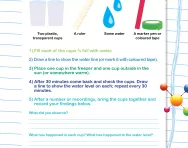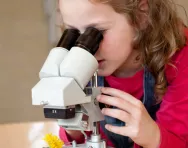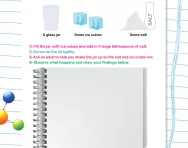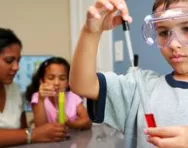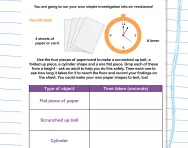Important update from TheSchoolRun
For the past 13 years, TheSchoolRun has been run by a small team of mums working from home, dedicated to providing quality educational resources to primary school parents. Unfortunately, rising supplier costs and falling revenue have made it impossible for us to continue operating, and we’ve had to make the difficult decision to close. The good news: We’ve arranged for another educational provider to take over many of our resources. These will be hosted on a new portal, where the content will be updated and expanded to support your child’s learning.
What this means for subscribers:
- Your subscription is still active, and for now, you can keep using the website as normal — just log in with your usual details to access all our articles and resources*.
- In a few months, all resources will move to the new portal. You’ll continue to have access there until your subscription ends. We’ll send you full details nearer the time.
- As a thank you for your support, we’ll also be sending you 16 primary school eBooks (worth £108.84) to download and keep.
A few changes to be aware of:
- The Learning Journey weekly email has ended, but your child’s plan will still be updated on your dashboard each Monday. Just log in to see the recommended worksheets.
- The 11+ weekly emails have now ended. We sent you all the remaining emails in the series at the end of March — please check your inbox (and spam folder) if you haven’t seen them. You can also follow the full programme here: 11+ Learning Journey.
If you have any questions, please contact us at [email protected]. Thank you for being part of our journey it’s been a privilege to support your family’s learning.
*If you need to reset your password, it will still work as usual. Please check your spam folder if the reset email doesn’t appear in your inbox.
What is a fair test?

What is a fair test?
A fair test is a controlled investigation carried out to answer a scientific question.
What do children learn about fair tests in primary-school science?
In a fair test two or more things are compared. In order for a test to be fair or scientifically sound, children are required to ensure only one thing (this is called a variable) is changed.
For example, if testing which material is the most waterproof by pouring liquid onto a selection of different materials, in a fair test only the type of material (the component you are testing) should be changed.
Therefore all other variables (the type of liquid used, the amount of liquid used, the distance the liquid is poured from, the speed at which it is poured and the size of the material) must remain the same each time the test is carried out. It would be unfair or an unscientific test if, for example, 1000ml of water were poured onto a piece of foil and 2ml of milk poured onto a piece of foam – you would not be able to fairly compare the materials.
When do children learn about scientific methods of testing?
Fair testing is taught throughout primary school through other science topics. The children will gradually develop their skills and level of independence in planning and carrying out fair tests.
In Years 1 and 2 (Key Stage 1) children will be taught to perform simple tests.
In Years 3 and 4 (Lower Key Stage 2) children will be taught to set up simple comparative and fair tests.
In Years 5 and 6 (Upper Key Stage 2) children will be taught to plan scientific enquiries to answer questions and to control variables where necessary.

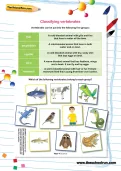
Download fantastic science resources today!
- Experiments And Science Fun pack
- Science Learning Programme for each school year
- All the instructions, questions and information you need
How is fair testing taught?
How to carry out a ‘fair test’ is taught throughout the science curriculum and not as a separate topic. Children will explore fair testing as a method of investigating questions within the science topics they are studying (for example plants, soils, light and sound, materials, electricity or forces).
A fair test begins with a question. This might be given to the class by the teacher or children may be asked to think of their own question to investigate (usually in Years 5 and 6).
Children will usually work in small groups to plan, carry out, take measurements, record results and write a conclusion. The children may be supported in different ways depending on age and ability. The planning stage may involve discussing the method and completing an investigation sheet to identify the variable (thing) they will change and what must stay the same to make it a fair test. Children may be given or create their own diagrams or tables to record results on.
During the investigation children will use equipment to take measurements or record their observations. Often bar charts or line graphs will be drawn up before a conclusion is made.
Put fair testing into practice with activities to do at home
At home you could plan and carry out your own fair tests with your child. Here are some suggestions to get you started;
- Which type of chocolate melts fastest? (Always remember to supervise children if they are working with hot liquids.)
- Which magnet is the strongest?
- Which material is most suitable for an umbrella?
- Does a plant need light to grow?
- How can you go faster down a slide?
- Which kitchen towel absorbs the most liquid?
- Which shaped ice cube melts the fastest?
For each investigation consider what variable will change and which variables need to remain the same to make it a fair test. Think about what you are measuring. What equipment do you need? Can you make a prediction (a good guess, with a reason) before you begin?
Watch this great clip of school children carrying out and explaining a fair test on magnets:
Watch this little clip of an investigation into which type of chocolate melts fastest:

